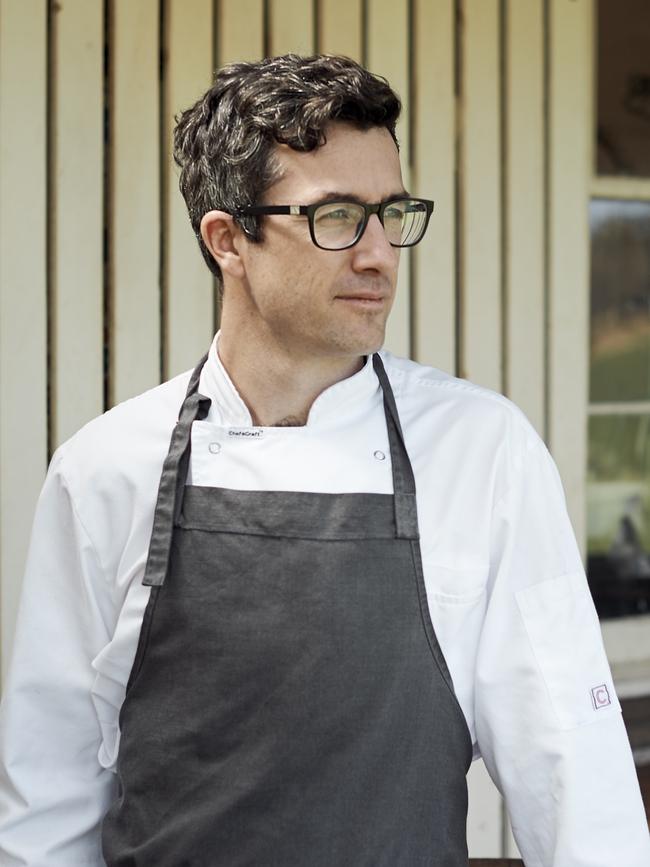Octopus and squid find a place at Adelaide restaurants Arbour, Bai Long Store and Coriole
OCTOPUS and squid are catching on in SA restaurant menus, as chefs find new ways to use the catch now coming from local waters.
ADELAIDE diners are suckers for octopus, squealing for squid. For so long the ugly ducklings of the seafood world, destined for the bait bucket or sold for a pittance, these tentacled denizens of the deep are now in demand in the city’s finest diners.
While the salt and pepper squid found in most pub bistros and throughout Chinatown isn’t going anywhere, and the Greeks will still give their grilled octo a simple squeeze of lemon, far more creative ideas are emerging that show the ingredient’s versatility.
At CBD diner Arbour, for instance, octopus is partnered by a carrot and vanilla puree. At Osteria Oggi, near-transparent, finger-length squid tubes are anointed in a feisty nduja oil. Baby octopus are stir-fried with a rollicking house-made XO sauce at Level One; and they are braised in red wine before being plated with white bean puree and native leaves by Coriole’s Tom Tilbury.

The interest in octopus and squid is helping push up prices and also an expectation of a higher-quality, fresher catch. Larger calamari are targeted by line and net fishermen, while smaller squid are often a bonus caught with a big haul of prawns. Octopus can be a bycatch of the crayfish industry, where they outsmart themselves going into pots for what seems an easy dinner.
“Baby octopus”, as it is written on menus, is nothing of the sort.It is, in fact, a small and short-lived species known as “berrima”, quite likely coming from fisherman Leon VanWeenan, who has 20,000 traps set in shallow waters off the Eyre Peninsula.
“People think I am killing the babies but I’m not,” Leon says.
“Baby octopus won’t go in the traps because they are not at that stage of their lives yet. They are looking for a hiding place just a little bigger than they are.”
Leon, who has been a commercial fisherman for more than two decades, began concentrating on octopus five years ago.
“I thought it was an under-utilised species with lots of potential for growth,” he says.
His traps are “shelter pots”, effectively a piece of poly tube in which the octopuses hide. They are solitary creatures, so only one will make a home in each tube, and because they look for a home that is tight and cosy, it is easy to regulate the sizes caught.

